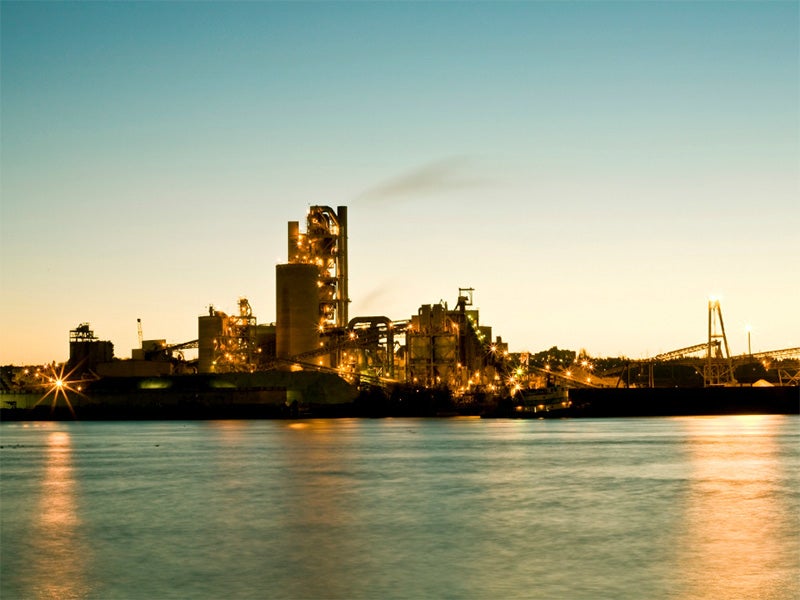Cleaning Up Cement Kiln Emissions
The court’s ruling in this case is especially significant because by revoking the “affirmative defense” policy that lets plants dodge liability for exceeding emissions limits, this decision sets a precedent for how the EPA drafts air safeguards moving forward. The Clean Air Act allows people who are affected by illegal air pollution to hold polluters accountable by having courts impose penalties on them.
Clients
Regional Office / Program
Case Overview
The U.S. Environmental Protection Agency refused for years to set emission standards for mercury from cement kilns. The EPA estimates that more than one hundred cement kilns emit more than 23,000 pounds of mercury each year, which have major adverse public health effects.
For decades, the EPA allowed polluters to dodge these penalties because it said plants didn’t have to meet standards when they claim to have malfunctioned. After Earthjustice got that policy thrown out in 2008, the EPA tried to create this new “affirmative defense” version of it. Now, the EPA—and polluters—are on notice that standards have to be fully enforceable.
With its partner organizations, Earthjustice has worked on securing effective and enforceable safeguards against cement plant pollution for more than a decade.

Case Updates
Case page created on February 20, 2007.